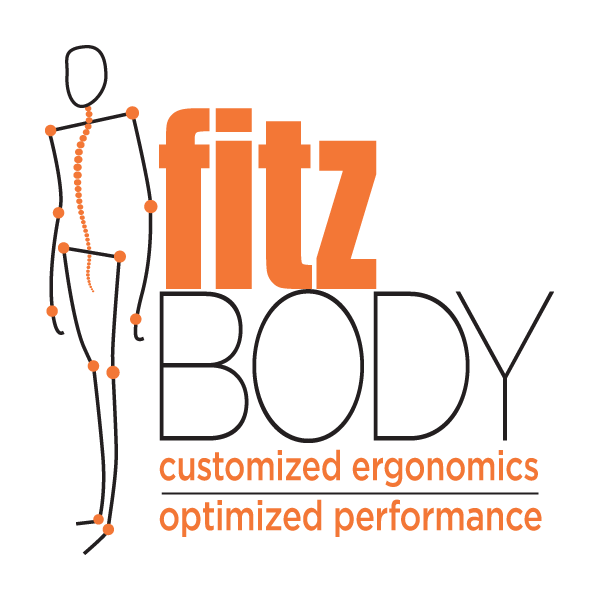What Does Ergonomics Mean in Today's World?
Share

The word "Ergonomics" comes from two Greek words "ergon", meaning work, and "nomos" meaning "laws".
... a scientific approach enabling us to reap, for the benefit of ourselves and others, the best fruits of life’s labour for the minimum effort and maximum satisfaction (Jastrzebowski 1857).
Today, the word is commonly used to describe the science of fitting the task to the worker.
Definitions have varied over the last few years with most referring to the optimization of work with emphasis on reducing the physical and environmental stressors. Lately, psychological stressors such as one's mental health in the workplace have garnered attention leading to the study of other factors that affect our work performance.
The International Ergonomics Association has defined ergonomics (or human factors) as:
...the scientific discipline concerned with the understanding of interactions among humans and other elements of a system, and the profession that applies theory, principles, data and methods to design in order to optimize human well-being and overall system performance.
In other words, specialists in ergonomics are in one way or another are always putting the human first when they design something with the end result of optimization of safety and performance.
Yes, today we hear the word "ergonomic" bandied about through many avenues. We know when we hear it we tend to feel/think positive thoughts of comfort, better fit, ease of use, adjustable, less pain and modern design.
Evolution has proved to us that we have an inherent goal to survive via successive improvements. And when we strive to do or make things better, the tendency is to make them, more comfortable, more convenient and more humane.
Does the bank teller or gas station attendant really need to stand during their entire eight hour shift or could they be treated a little more humanely and be provided some sort of perch seating that will result in the optimization of their safety and performance?
Whether you are an employee at work or self-employed with a home office, if you feel uncomfortable sitting at your desk, inquire to make improvements and maybe it will be something as simple as obtaining a footrest to support those dangling feet.
Until found, there will always be a better way.
In prehistoric times, stones were sharpened to become better tools. The ironing board was made height-adjustable to prevent injury from poor posture, the telephone headset was developed to allow the use of both hands and prevent neck strain and most recently, the height adjustable table has gained in popularity toward the fight against the sitting disease.
There are tons of examples where ergonomics has played a major role in our daily lives. Can you think of any?
What would you consider to be the greatest ergonomic design of all time?
I invite you to leave your comments below.
